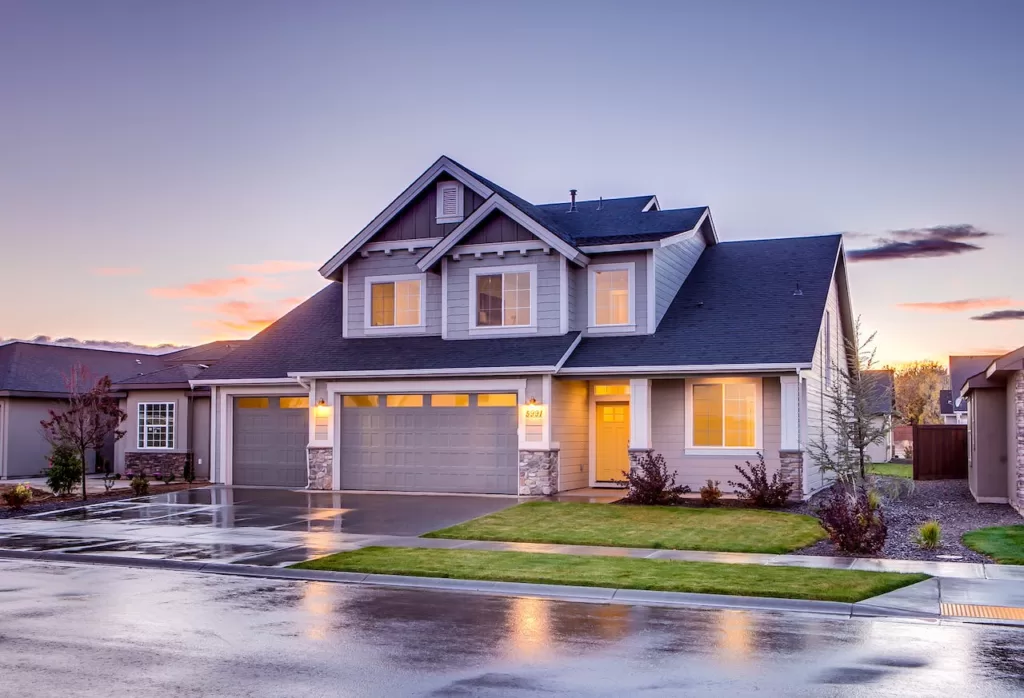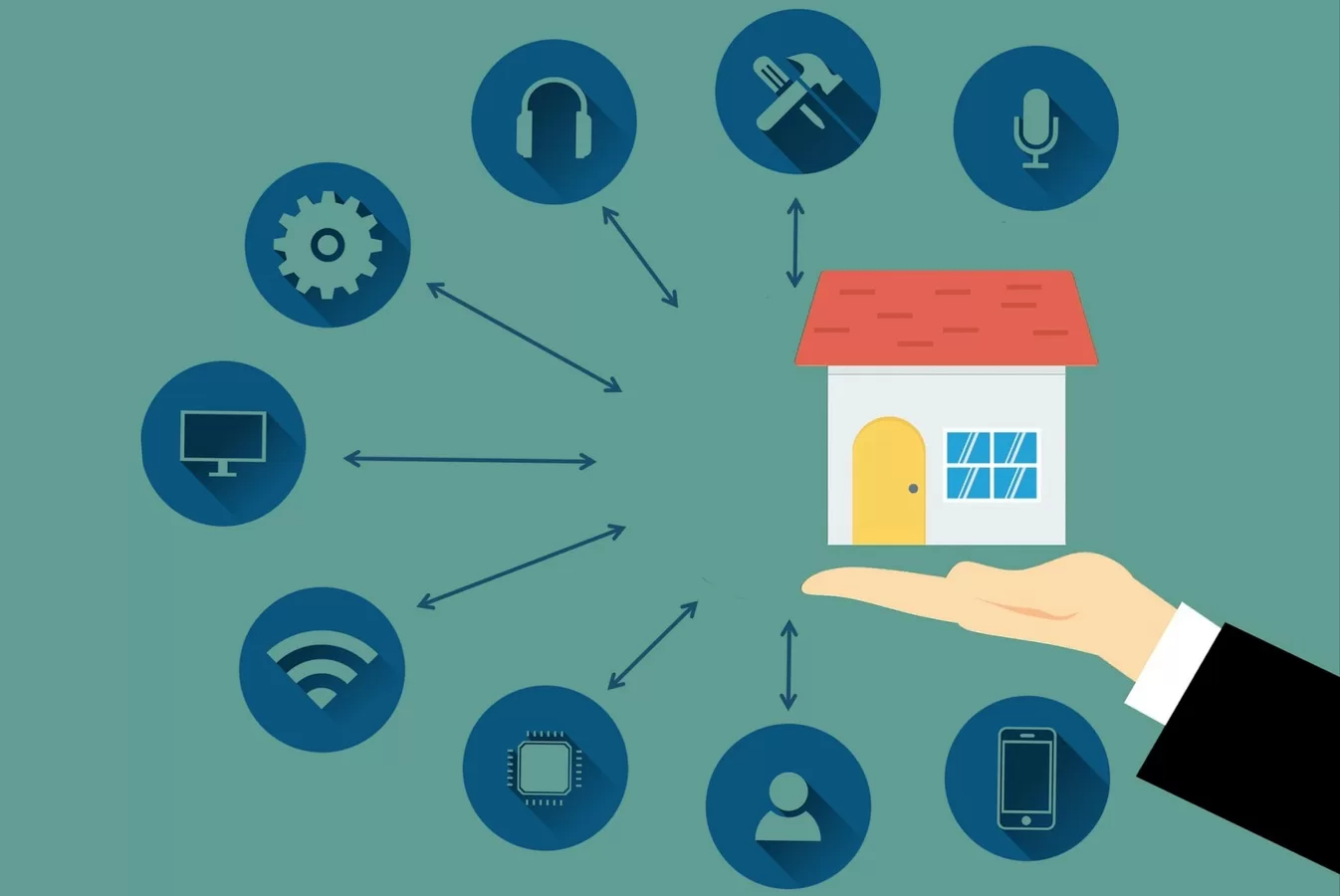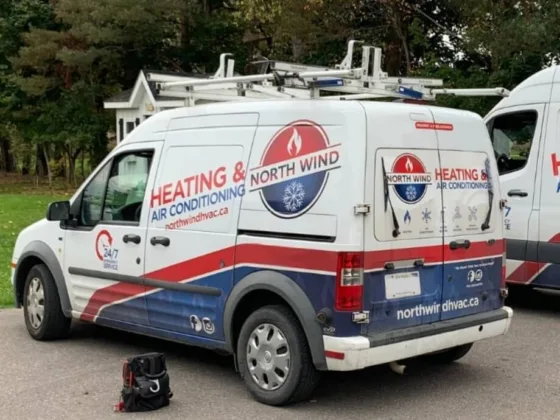If you’re looking to add more space to store vehicles, tools, and other belongings, building a detached garage on your property can be a great option. Detached garages provide covered parking and storage while allowing you to expand your living area without sacrificing indoor space.
However, there are several important factors to consider before taking on a detached garage project. In this article, we’ll explore the key things to think about when planning and constructing a standalone garage building.
Choosing a Location
One of the first decisions you’ll need to make is where to locate the detached garage on your property. Consider how it will impact the overall aesthetic and functionality of your outdoor space. Allow enough room between the garage and your home so it doesn’t feel too crowded or obstruct natural light from entering your windows.
Think about accessibility as well – try to position the garage close enough to your driveway that you don’t have a long walk in bad weather, but not so close that it feels crammed. Be sure to check with your local zoning department on setback requirements from property lines and neighboring structures.
Selecting a Design
Once you’ve settled on a location, it’s time to choose a design. Key factors to consider are size, height, style, and materials. Estimate how much space you will need not just for vehicles but also storage and workspace. Most single-car garages are 12*20 feet while two-car designs are 20*20 feet. Allow extra room for entry/exit points.
The standard garage height is 8 feet, but taller heights of 10-12 feet can accommodate large vehicles. Make sure to factor in the door opening height too. Simple gable-roof designs are the most affordable, but you can get more creative with shed, gambrel, or carriage house styles. Brick, wood, vinyl siding, and stucco tend to be common garage exterior options.
Getting the Necessary Permits
Most areas require permits for detached garage construction. The permit application process ensures your new structure meets all zoning requirements and passes inspections for a safe, legal build. Work with your local building department to apply for the right permits and understand costs, timelines, and any restrictions.
Hiring Contractors vs DIY
You’ll need to decide whether to take on the detached garage construction as a DIY project or hire a contractor. While DIY can save money, garage building requires specialized expertise – especially for elements like the foundation, roofing, electrical, and garage door system. Reputable contractors have the skills and tools needed to complete the work to code. Compare multiple contractor bids to find the best value.
Incorporating Plumbing and Electricity
While detached garages are usually more simple than your home, you’ll still need to run basic utilities if you want lighting, outlets, or water access inside. Work with electricians and plumbers early in the process to coordinate wiring and pipe installation.
Consider capabilities like power openers, keypads, and wifi-enabled smart features to control and monitor your garage space. Don’t forget to include adequate interior and exterior lighting.
Selecting the Garage Doors
The garage doors are a major functional and aesthetic consideration. Key factors include door types and materials. For detached garages, sectional overhead doors are the most common and affordable. Other options include roll-up doors and carriage house styles. Steel is the strongest and most durable. For a more distinctive look, consider wood, faux wood, glass, or aluminum.
When doing garage door installation, consider all these factors. Next comes insulation rating and safety features. Insulated doors help maintain comfortable temperatures in the garage. Higher R-values indicate better insulation. Include essential safety features like automatic reverse sensors, pinch-resistant panels, and tamper-resistant bottom brackets.
Maintaining The Garage Doors
Along with a quality installation, proper garage door maintenance is crucial for ongoing safety, security, and functionality. Be diligent about monthly inspections and upkeep tasks like lubricating moving parts, testing balance, clearing debris in tracks, tightening hardware, and testing auto-reverse sensors. The door and opener owner’s manuals will provide model-specific tips.
Additionally, periodic professional garage door maintenance checks and tune-ups by a certified technician can catch minor issues before they become major. Pay attention to any noises, vibrations, or performance changes over time that could indicate a need for garage door repair by a qualified pro. With regular maintenance and timely repairs, if needed, your garage doors can deliver reliable service for decades.
Conclusion
Adding a detached garage allows you to expand storage and vehicle capacity without sacrificing precious indoor square footage. By carefully considering these key planning and construction factors, you can ensure your new standalone garage meets your needs while complementing your property’s style and functionality.
Investing in quality materials, proper permitting, and professional installation where needed will help your new garage serve your needs safely for years to come. With an optimally designed and constructed detached garage, you’ll gain an invaluable asset that provides expanded parking capacity along with secure space for tools, equipment, hobbies, and other essentials.










